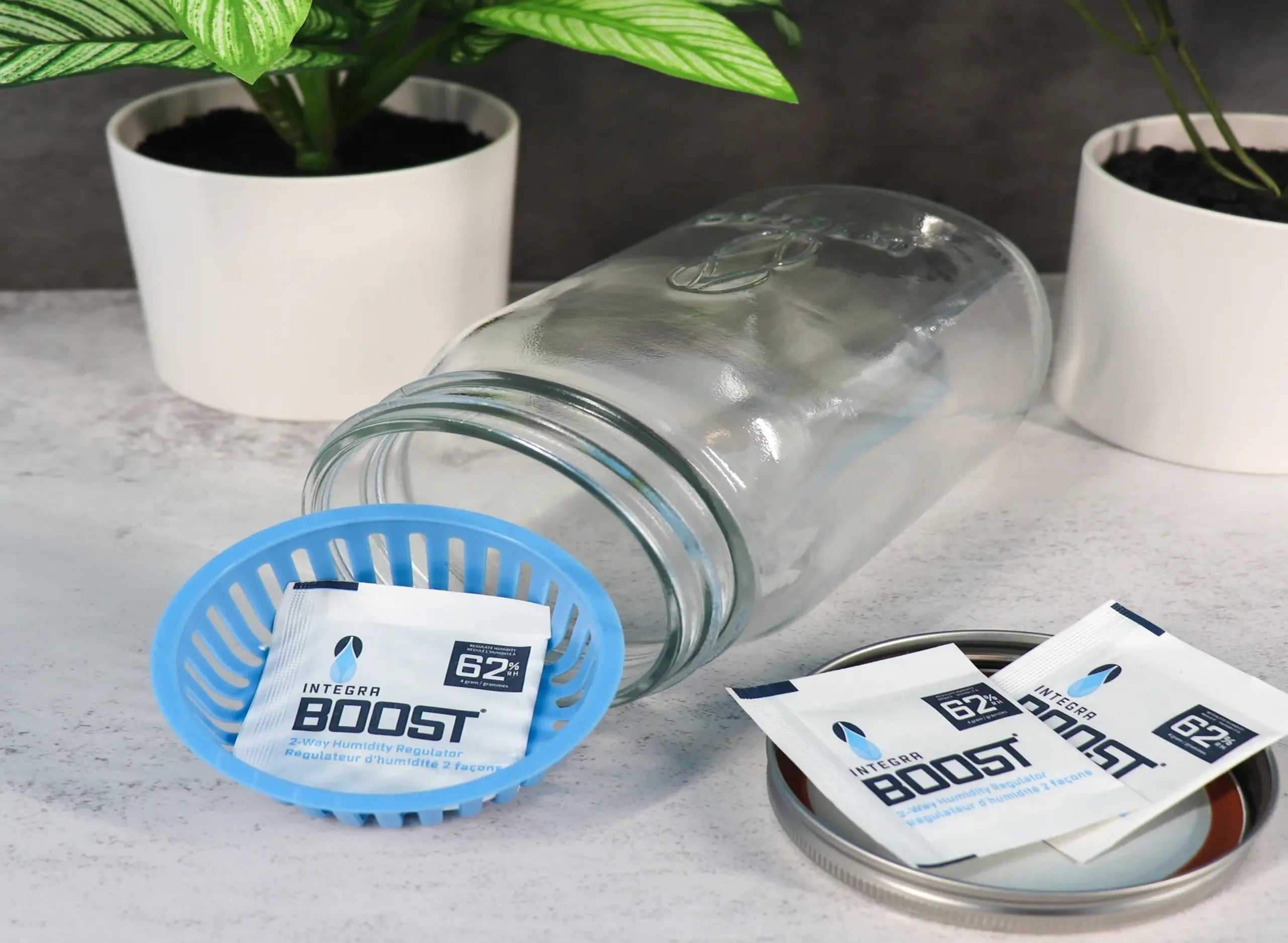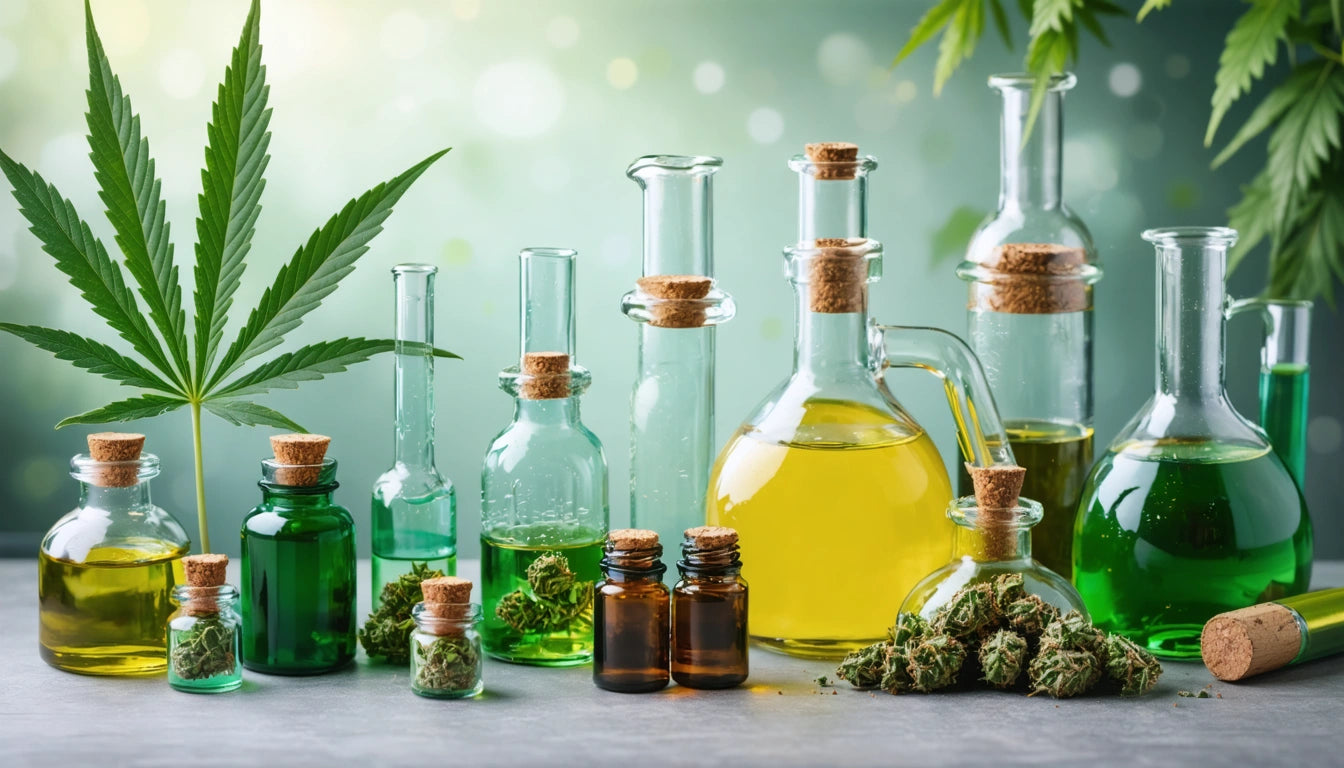Table of Contents
- Importance of Proper Storage for Cannabis Packaging
- Humidity Control: Preventing Moisture Damage
- UV Protection: Safeguarding Against Light Degradation
- Temperature Management: Maintaining Structural Integrity
- Inventory Organization and Tracking Systems
- Storage Best Practices for Different Packaging Materials
- Implementing a Storage SOP for Long-Term Success
Proper storage of cannabis packaging components is critical for maintaining product quality, regulatory compliance, and operational efficiency. Environmental factors like humidity, UV exposure, and temperature fluctuations can compromise packaging integrity, leading to product degradation, increased waste, and potential compliance issues. Understanding how to create optimal storage conditions protects your investment and ensures consistent product delivery.
Importance of Proper Storage for Cannabis Packaging
Cannabis packaging materials are sensitive to environmental conditions. Improper storage can lead to warped containers, degraded adhesives, faded labels, and compromised child-resistant mechanisms. According to storage best practices, maintaining appropriate environmental conditions can extend the shelf life of packaging components by 30-50%, significantly reducing waste and replacement costs.
For cannabis operations managing multiple product lines, proper storage becomes even more critical. As outlined in this resource on managing multiple inventory lines, segregated storage areas with controlled conditions help prevent cross-contamination and maintain the specific requirements of different packaging types.
Humidity Control: Preventing Moisture Damage
Optimal Humidity Ranges
Different packaging materials have specific humidity tolerance ranges:
- Paper and cardboard: 35-45% relative humidity
- Plastic components: 30-50% relative humidity
- Metal containers: Below 40% to prevent oxidation
- Glass components: 30-50% relative humidity
Humidity levels above 60% can cause paper-based packaging to absorb moisture, leading to warping, mold growth, and weakened structural integrity. Conversely, extremely low humidity (below 30%) can make materials brittle and prone to cracking.
Humidity Control Solutions
Implementing dehumidifiers in storage areas is essential for regions with naturally high humidity. For smaller operations, desiccant packets strategically placed throughout storage can help maintain appropriate levels. Some facilities integrate with warehouse management systems that include environmental monitoring features to track humidity fluctuations.
UV Protection: Safeguarding Against Light Degradation
Ultraviolet light exposure can cause significant damage to packaging materials, particularly plastics and printed elements. UV radiation breaks down polymer chains in plastic, leading to brittleness, discoloration, and reduced tensile strength. For printed packaging, UV exposure can fade colors, blur text, and potentially render compliance information illegible.
When setting up packaging storage areas, consider these UV protection strategies:
- Store materials away from windows or use UV-filtering window films
- Use opaque containers for smaller components
- Install UV-filtered lighting in storage areas
- Maintain original manufacturer packaging until use
For operations using specialized equipment like automated processing equipment for cannabis products, protecting both the machinery and packaging components from UV exposure ensures consistent performance and reduces maintenance issues.
Temperature Management: Maintaining Structural Integrity
Temperature fluctuations can compromise packaging integrity through expansion and contraction cycles. Most cannabis packaging materials perform optimally when stored between 65-75 °F (18-24 °C). Temperatures outside this range can lead to various issues:
- High temperatures (above 85 °F/29 °C): Can soften plastics, weaken adhesives, and accelerate chemical degradation
- Low temperatures (below 50 °F/10 °C): May cause brittleness in plastics and compromise the flexibility of seals
- Rapid fluctuations: Create stress on materials through expansion and contraction
Climate control systems should maintain consistent temperatures throughout storage areas. As noted in this guide on storage conditions, even temporary exposure to extreme temperatures during transit can impact packaging integrity, making receiving procedures an important consideration in your storage protocol.
Inventory Organization and Tracking Systems
Beyond environmental controls, proper organization is essential for efficient operations. Implementing a first-in, first-out (FIFO) inventory system ensures older materials are used before newer stock, reducing the risk of degradation from extended storage.
Digital inventory management systems can track not only quantities but also storage conditions and shelf life. Integrating packaging logistics with inventory software allows for automated alerts when storage conditions fall outside acceptable parameters or when materials approach their recommended use-by dates.
Storage Best Practices for Different Packaging Materials
Glass Containers
Store in padded bins to prevent chipping or cracking. Keep away from areas with frequent vibration or movement. Temperature stability is particularly important to prevent stress fractures.
Plastic Components
Store away from direct sunlight and heat sources. Maintain moderate humidity to prevent static electricity buildup, which can attract dust and contaminants.
Labels and Printed Materials
Store flat to prevent curling. Keep in light-proof containers to prevent fading. Controlling humidity is critical to prevent adhesive degradation.
For operations managing seasonal demand fluctuations, proper forecasting and storage planning becomes even more important to balance inventory levels with optimal storage conditions.
Implementing a Storage SOP for Long-Term Success
Developing a standardized operating procedure (SOP) for packaging storage ensures consistent conditions regardless of staff changes or operational growth. As outlined in this guide on creating packaging SOPs, your storage protocol should include:
- Environmental monitoring schedules and acceptable ranges
- Procedures for receiving and inspecting incoming materials
- Organization systems and location mapping
- Regular audits of storage conditions and material integrity
- Contingency plans for environmental control failures
By implementing comprehensive storage protocols that address humidity, UV exposure, and temperature management, cannabis operations can significantly reduce packaging-related failures, maintain compliance, and optimize their packaging investment for maximum return.











Leave a comment
All comments are moderated before being published.
This site is protected by hCaptcha and the hCaptcha Privacy Policy and Terms of Service apply.